News

|
Popular Science: How to score an invasion?There are already several documents listing the one hundred worst alien species in Europe and aiming at raising awareness of the biological invasions and their possible impact. However, an international team, including Professor Petr Pyšek from the Department of Ecology of the Faculty of Science, decided to create a first list based on objective, precisely-defined criteria scoring the plant and animal species with respect to their real potential to cause ecological and socioeconomic damage in Europe. Published Jan 01, 2019 |
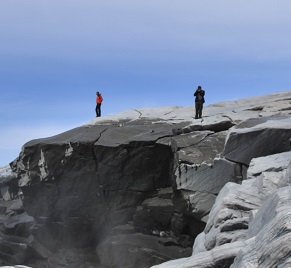
|
Melting ice sheets release tons of methane into the atmosphereThe Greenland Ice Sheet emits tons of methane according to a new study, showing that subglacial biological activity impacts the atmosphere far more than previously thought. Published Dec 27, 2018 |

|
Popular Science: Towards innovations with knowledge basesThe latest research reveals that “knowledge bases” have a significant influence on the performance of companies and even regions. This stems from the theory that the process of innovation can have different forms in different sectors (or even in a single company). Now, we distinguish among three types of knowledge bases: analytical (exploring of scientific frontiers in subjects like nano/bio-technology), synthetic (applying of scientific knowledge in industry) and symbolic (creative industry – design, fashion, film). Viktor Květoň and Vojtěch Kadlec from the Department of Social Geography and Regional Development tried to shed a light on the development and spatial pattern of those three knowledge bases in EU regions and their influence on the innovation process. Published Dec 24, 2018 |

|
Popular Science: WHAT CAN WE LEARN ABOUT BIRD-MAMMAL RELATIONSHIPS USING GOOGLE IMAGES?Citizen science – or the involvement of the public into science research – has become an integral part of research work in many fields. There are thousands of projects anybody can join. In your free time you can record a bird song, classify photos of retina neurons, build a quantum computer in an app game or search for dusty debris disks in NASA’ photos. Another possibility is to make use of a huge amount of data people unconsciously collect – photos and videos of various plants and animals. Such pictures were analyzed by zoologists Peter Mikula, Jiří Hadrava and Tomáš Albrecht from the Faculty of Science of Charles University. Published Dec 17, 2018 |

|
Popular Science: How did the elite and serfs chew in the Great Moravian Empire?The human body has axial symmetry. However, the symmetry is not perfect; everyone certainly knows the unnatural pictures which result from mirroring half of a human face. Asymmetry is a common fact and occurs even in bones. It may be caused by side preferences, but it may also be a signal of long-term stress during maturation. A relationship between chewing and face asymmetry was studied by a research group led by PhD student Alexandra Ibrová from the Department of Anthropology and Human Genetics who focused on the skeletal material from the age of the Great Moravian Empire. Published Dec 10, 2018 |
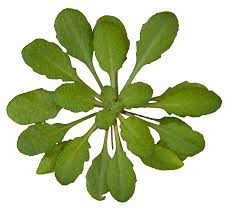
|
Plant cells inherit knowledge of where’s up and where’s down from mother cellIn plants, polarization of the entire organism depends on every single cell being polarized. Cell division, however, disrupts polarization. How polarity is reestablished was unknown – until now. Researchers at the Institute of Science and Technology Austria (IST Austria) and Faculty of Science, Prague, have solved one piece of the puzzle: They found that plant cells inherit the knowledge of where is up and where’s down from their mother cell. Study published in Nature Plants. Published Dec 09, 2018 |

|
Popular Science: Cemetery or urban park? Where do birds have more fear?Have you ever thought that by visiting a cemetery, you are influencing the behavior of its inhabitants? Of course, not those who have passed away, but those still living, like birds for instance. They have to deal with your presence, get used to you walking, talking, working and altering their habitat. Peter Mikula, from the Department of Zoology of the Faculty of Science, was part of an international team that compared the escape behavior of birds in European cemeteries and urban parks in order to determine the birds’ ability to adapt their behavior to different environmental conditions. Published Dec 03, 2018 |

|
Our Yeast research experts have received a prestigious Czech-American grant under the INTER-EXCELLENCE programmeThe Yeast Colony Group team has been awarded grant support from INTER-EXCELLENCE programme for a new project of international research and development aimed at Czech-American collaboration. Supported project focuses on research into the molecular mechanisms of cell adaptation connected with cell aging, one of the most important questions in current biology. Regulatory proteins mediating cellular response to extracellular signals are among the most evolutionary conserved proteins in eukaryotes. Understanding of their function in relatively simple yeast model thus could contribute to identification of new regulations in metazoa. Published Nov 30, 2018 |
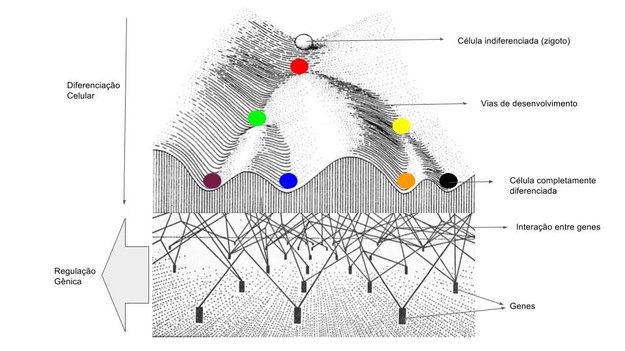
|
Popular Science: Colloquium – Science – Visualisation – PerceptionIn late June the first one-day gathering about the issues of visualisation in science took place at the Department of Philosophy and History of Science, intended for both a scientific and non-professional audience. The event was organized by the department staff members (Lucie Čermáková, Eliška Fulínová, Tereza Liepoldová and Roman Figura) in collaboration with Barbora Müllerová from the Jan Evangelista Purkyně University in Ústí nad Labem. Filip Jaroš (University of Hradec Králové) and Doc. Karel Stibral (Masaryk University in Brno) also took part in the event. Published Nov 26, 2018 |

|
Popular Science: How did Tycho Brahe (1546-1601) die? Science reveals possible causes of his death after more than 400 yearsThe death of the famous Danish astronomer Tycho Brahe was sudden and due to the circumstances and symptoms observed in his last days, it was even assumed he might have been poisoned. Previous studies, however, refuted the speculative hypothesis of poisoning and rather suggested an acute illness as a more probable cause of death. In 2010, a second exhumation of Brahe`s body was performed in order to find the answer as to why he died so relatively young, even in his times. The research was conducted in a collaboration of Danish, Czech and English teams, including Professor Jaroslav Brůžek, a PhD. Student of the STARS program Alizé Lacoste-Jeanson from the Department of Anthropology and Human Genetics of the Faculty of Science. Published Nov 19, 2018 |

|
Popular Science: Another piece of chrysophycean puzzleUnlike plants and animals, unicellular organisms seem to be largely unexplored, even in areas that are otherwise widely studied. These unicellular organisms, which we call protists, also include chrysomonads. They are flagellates, some of which bear miniature silica scales of various shapes on the surface of their bodies. Their shape and structure are diagnostic. These algae are an important part of spring phytoplankton, where they can form dense populations until green algae or cyanobacteria overgrow them during the season. Yvonne Němcová from the Department of Botany of the Faculty of Science, Charles University and her colleague E. Rott from the University of Innsbruck in Austria focused on exploring the species richness of Alpine lakes (1,000-2,500 m) in Northern Tyrol. They have extended previous lake studies from lower locations in the same area. Published Nov 12, 2018 |
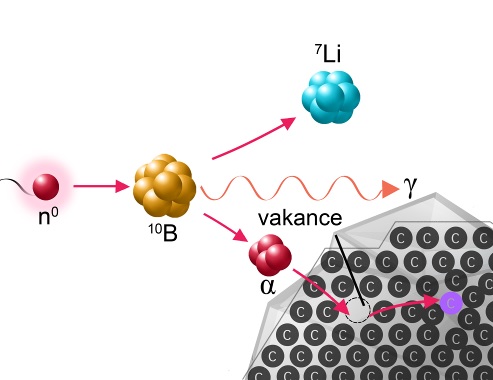
|
The prestigious science journal Nature Communications published the revolutionary method of Czech scientistsUnder the leadership of Petr Cígler from the Institute of Organic Chemistry and Biochemistry and Martin Hrubý from the Institute of Macromolecular Chemistry, both of which are part of the Czech Academy of Sciences, a team of researchers has developed a revolutionary method for the easy and inexpensive production of irradiated nanodiamonds and other nanomaterials suitable for use in highly sensitive diagnostics of diseases, including various types of cancer. Their article was recently published in the scientific journal Nature Communications. The first author of the present study is recent PhD graduate at Faculty of Science Jan Havlik. Published Nov 09, 2018 |

|
Micobion seminar: Endosymbionts of termite gut flagellates - Examples of convergent evolutionWe cordially invite you to the seminar "Endosymbionts of termite gut flagellates: Examples of convergent evolution" given by Prof. Dr. Andreas Brune (Max Planck Institute for Terrestrial Microbiology, Marburg, Germany) The seminar takes place on 4th December 2018 at 4:30 p.m. at Viničná 7, Prague 1. Published Nov 06, 2018 |

|
Dr. Emil Paleček passed awayIn silent mourning, we regretfully announce the passing of Dr.Emil Paleček, the founder of the field of electrochemistry of nucleic acids, a laureate of the Prize Czech Brains 2014 and the Neuron Award 2017, and a number of international awards.Farewell to the deceased takes place on November 8, 2018 in the Hall of the Convent of Merciful Brothers in Brno. Published Nov 05, 2018 |

|
Popular Science: What was the original forest composition in the Bohemian/Bavarian Forest?Pollen diagrams give us information on how long-term vegetation has developed in a particular area. The first diagram of the Bohemian/Bavarian Forest was published in 1927 and represented one of the first qualitative views on the vegetation development in this area. Today there are quantitative models of vegetation reconstruction based on pollen records, which are already methodologically advanced and form the basis for conservation and restoration ecology. In the Bohemian/Bavarian Forest, forest managers aiming at restoring the original forest structure rely on maps of natural potential vegetation that do not consider long-term dynamics of forest composition. Therefore, a group of scientists from the Department of Botany of the Faculty of Science, Charles University, the Botanical Institute of the Academy of Sciences, Czech Republic, the Czech University of Life Sciences and their colleagues from Great Britain and Switzerland tempted to analyse the long-term forest dynamics in this area. Published Nov 05, 2018 |
Shorebirds as an indicator of climate change impactRecent doctoral graduate Vojtěch Kubelka is the lead author of an article in the magazine Science that describes trends in the predation of shorebirds nests with relation to climate change. The article by the six-member international team was part of his dissertation, which he defended in September at the Department of Ecology, Charles University in Prague. The article was even chosen as the cover theme of the recent issue! Published Nov 01, 2018 |
|
|
|
Popular Science: A slightly uncovered diversity of microscopic fungi in the NeotropicsThere is no doubt that there has not been sufficient exploration of the diversity of organisms in tropical areas. This also applies to microscopic ascomycetous fungi, whose unexplored diversity is always in the focus of mycologists' attention in both temperate and tropical regions. This time Ondřej Koukol from the Department of Botany of the Faculty of Science, Charles University and his colleagues from the Czech Republic and abroad, during three expeditions, focused on the tropical genus Hermatomyces. Published Oct 29, 2018 |
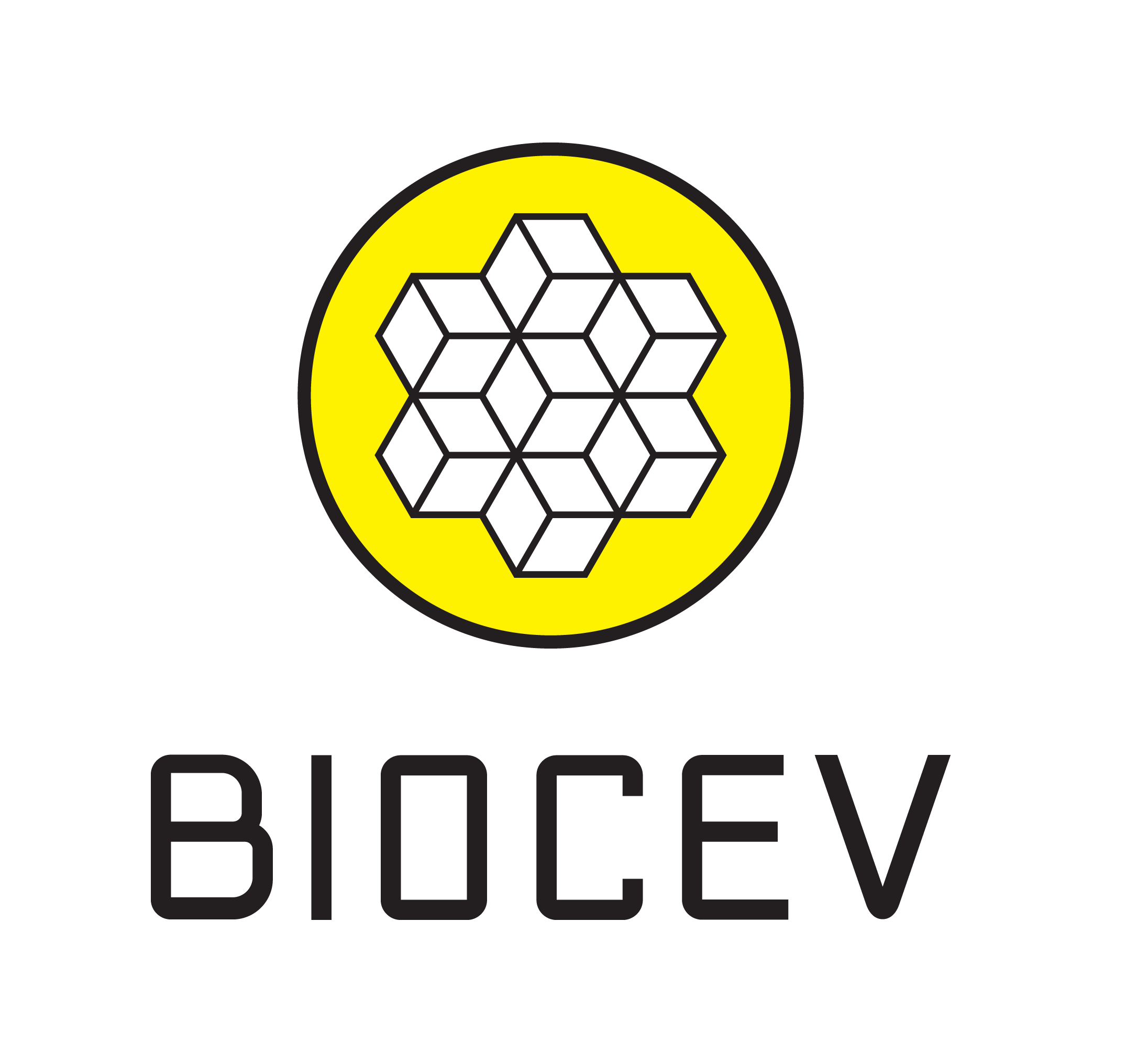
|
The MiCoBion project has begunThe prestigious MiCoBion project was launched in September, supported by the "Twinning - Spreading Excellence and Widening Participation, Horizon 2020" program coordinated by the Charles University Faculty of Science (prof. Jan Tachezy, Department of Parasitology - BIOCEV). The project’s main goal is to foster scientific excellence and the innovative capacities of CU FS laboratories through collaboration with leading partners – the Catholic University of Leuven (CUL), the European Molecular Biology Laboratory (EMBL) and the Jacques Monod Institute (Paris Diderot University) – in the field of complex molecular profiling of biological systems (microbiomes) that will lead to innovative research into microbial communities and their impact on health and the environment. Published Oct 26, 2018 |

|
Popular Science: CAN WE IDENTIFY DANGEROUS SNAKES?In a shared study, researchers from Charles University and from Baku State University, Azerbaijan, focused on the fear of snakes. It is one of long-running topics studied at the university and the results are more than interesting. This study is the result of projects by Eva Landová, Markéta Janovcová and Petra Poláková. Published Oct 22, 2018 |
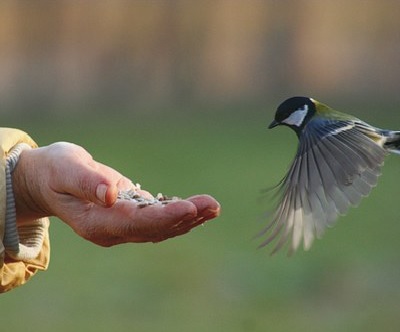
|
Popular Science: Passerine birds as environmental pollution indicatorsToday’s city life also comprises, in addition to people, a lot of animal species adapted to this special type of environment. These organisms or whole populations could be considered to be bioindicators of environmental pollution. Despite continual monitoring of automatic or manual air quality stations, the condition and health of free-living species show us a complex evaluation of our environment. One of them is the great tit (Parus major), which is one of the most widespread species throughout Europe. A team of scientists from the Czech University of Life Sciences in Prague, Masaryk University in Brno and Charles University in Prague have analyzed the associations of urban environmental pollution with health-related physiological traits in this free-living bird species. Published Sep 24, 2018 |